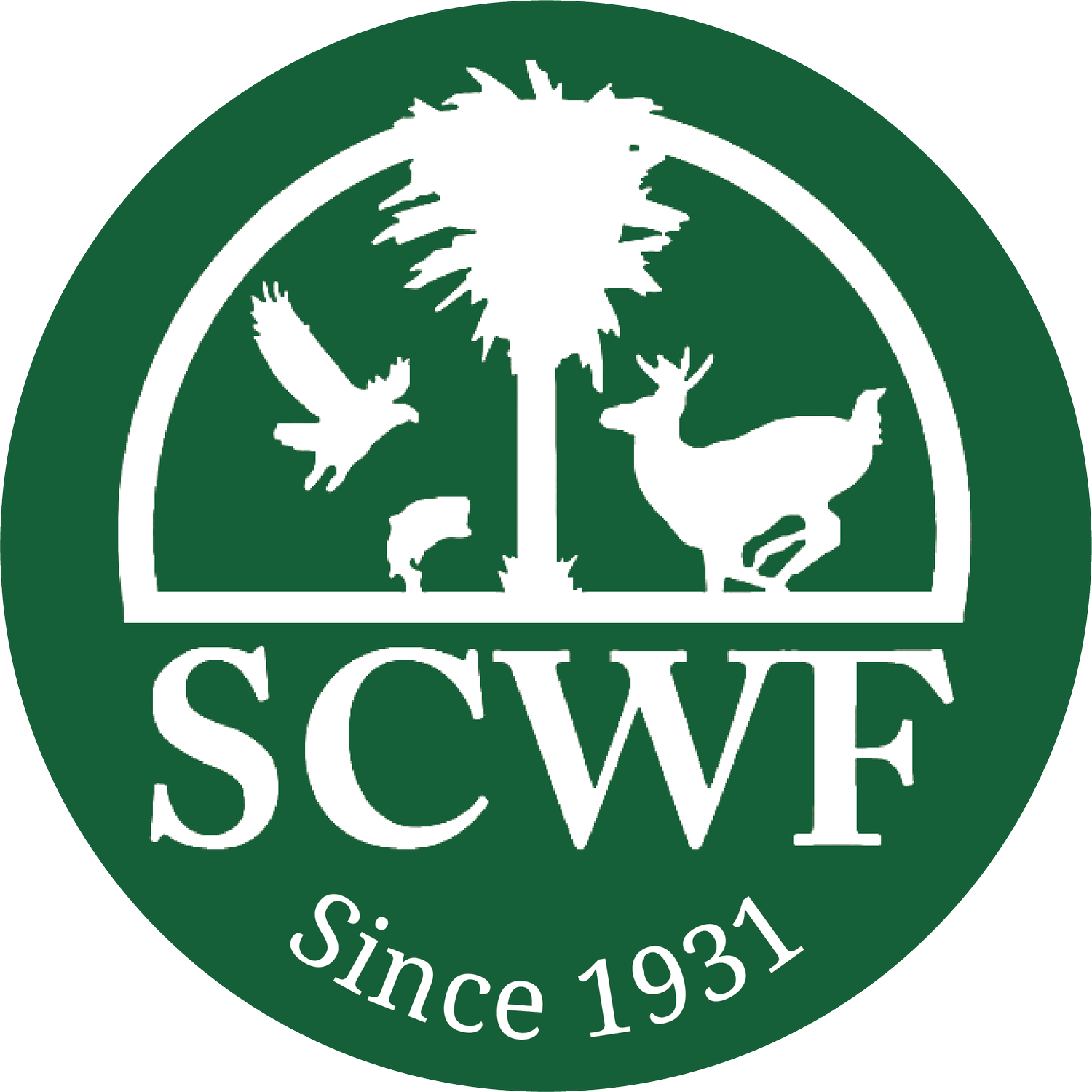Article by Braelei Hardt, National Wildlife Federation, and Robert Watkins, National Wildlife Federation
https://blog.nwf.org/2024/09/how-fallen-leaves-support-moths-and-butterflies/
Published September 26th, 2024
Amid the crunch of autumn leaves underfoot lies a hidden ecosystem where moths and butterflies find shelter and sustenance. While it might seem like clutter to some, this layer of fallen foliage is a lifeline for various species—including these important pollinators. Fallen leaves are more than just remnants of summer; they are essential components of ecosystems. They enrich the soil, provide habitats, and play a pivotal role in the life cycles of many insects. Let’s take a look at some of the species that depend on the leaf layer for survival.
Mourning Cloak
Mourning cloak butterflies avoid spending energy on migration by hibernating under the leaves for winter. Credit: Popo.uw23/Flickr
The mourning cloak butterfly is a remarkable species known for its longevity and unique hibernation habits. Unlike many butterflies that migrate or overwinter in other life stages, the mourning cloak spends the winter as an adult. As temperatures drop, these butterflies seek refuge in the natural crevices provided by tree bark, logs, and importantly, within piles of fallen leaves.
Fallen leaves offers a protective blanket that insulates the butterflies against harsh winter conditions. The layers of leaves help maintain a stable microclimate, shielding them from freezing temperatures and fluctuations that could otherwise be fatal. This insulation is crucial for their survival, allowing them to conserve energy throughout the dormant season. By hibernating in leaves, they can face temperatures as low as -76°F (-60°C)!
When spring arrives, the mourning cloaks emerge, often one of the first butterflies to be seen, as they take advantage of early sap flows and mate before competition arrives. Despite braving the winter, mourning cloaks are the longest living butterflies in North America, often surviving up to 10 months.
Red-banded Hairstreak
Red-banded hairstreak caterpillars camouflage well against dead leaves. Credit: Sara Bright/Alabama Butterfly Atlas
The red-banded hairstreak butterfly exhibits a fascinating life cycle intricately tied to fallen leaves. Unlike most butterfly caterpillars, which feed on living plant tissues, the larvae of this species primarily consume decaying leaf material, especially from sumac and oak trees. The caterpillars of this species look like fuzzy leaves to camouflage against their environment.
The leaf layer serves as both a pantry and a protective environment. The layers of leaves conceal the caterpillars from predators and harsh weather, offering a safe space for growth and development. This reliance on decaying matter places the red-banded hairstreak in a unique ecological niche, contributing to nutrient cycling and the breakdown of organic material in forest ecosystems.
Io Moth
The silky underside of an Io moth cocoon made from fallen leaves. Credit: Don Hall
Io moths are renowned for their vivid coloration and striking eyespots, which serve as a defense mechanism against predators. After a period of feeding on the leaves of various trees and shrubs as caterpillars, they prepare for metamorphosis by spinning cocoons. This critical stage occurs within the leaf litter on the ground.
The fallen leaves provide essential camouflage for the cocoons, blending seamlessly with the environment to avoid detection by predators. Moreover, the microhabitat within the leaf litter maintains optimal humidity and temperature levels necessary for the delicate process of metamorphosis. The structural complexity of the leaf layers protects the cocoons from physical disturbances and environmental stressors, ensuring that the moths can successfully emerge as adults.
As adults, Io moths do not have functional mouths and do not feed. They live solely to reproduce, with a short adult lifespan of about a week. This means that every stage of their life cycle prior to adulthood is crucial for accumulating the energy reserves needed for reproduction. The protection provided by a leaf cocoon during metamorphosis is vital to their survival and ability to continue the species.
Luna Moth
A fully completed Luna moth cocoon made from freshly fallen leaves. Credit: Don Hall
The Luna moth captivates with its ethereal beauty, showcasing pale green wings and elongated tails. Similar to the Io moth, the Luna moth’s life cycle is deeply connected to the leaf litter. After the caterpillars have fed and grown on the leaves of hardwood trees like hickory, walnut, and birch, they descend to the forest floor to pupate.
Within the leaf layer, the Luna moth caterpillars spin silken cocoons interwoven with leaves, creating a secure environment for transformation. The developing moth may spend anywhere from three weeks to several months overwintering in this cocoon, while they only live as adults for about a week.
Like Io moths, adult Luna moths they do not have functional mouths to feed. This brief window of adulthood is dedicated entirely to reproduction. Because of their short lifespan and inability to feed, conserving energy under the leaves during winter ensures they emerge as healthy adults capable of finding a mate and laying the eggs quickly.
Dead Leaves, Living Habitat
Supporting the life cycles of moths and butterflies has broader implications for both wildlife and human communities. These species play significant roles in ecosystems as pollinators, prey, and indicators of environmental health.
By understanding and preserving the natural processes that sustain these species, such as the availability of leaf layers, we contribute to the resilience and functionality of ecosystems. Healthy ecosystems provide essential services, including clean air and water, pollination of crops, and natural beauty that enhances our quality of life.
So this autumn, as the leaves create a mosaic on the ground, consider the unseen wonders they support. Embracing the natural accumulation of leaves supports the intricate life cycles of species like these moths and butterflies. In doing so, you can help nurture the ecosystems that ultimately sustain both wildlife and human communities.
Banner image by Neil Williamson





